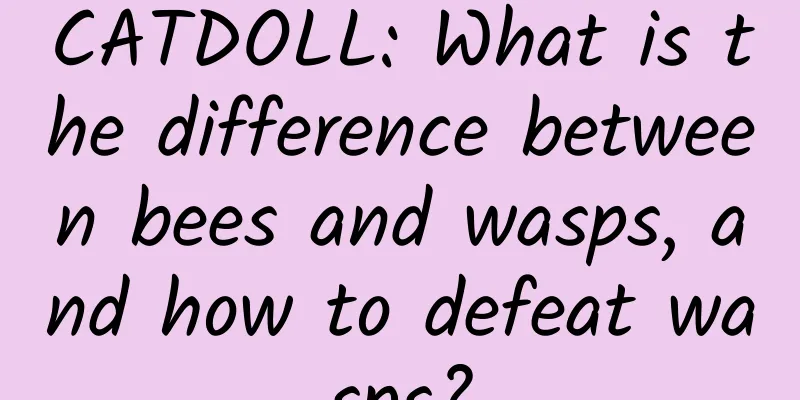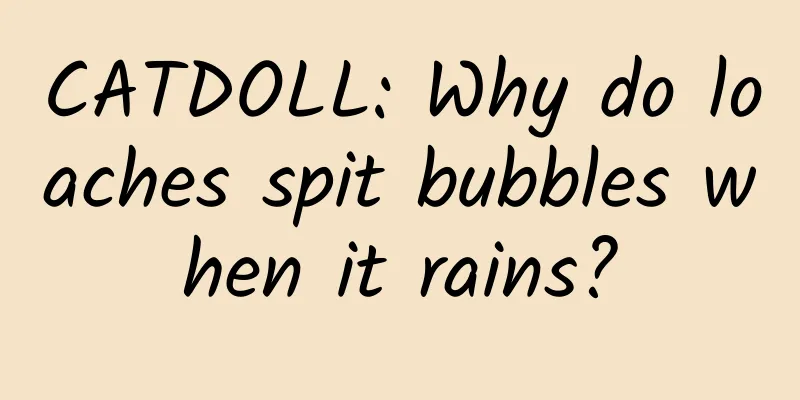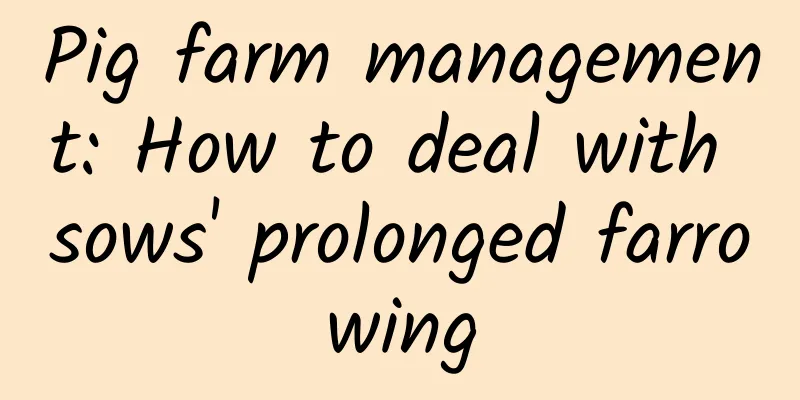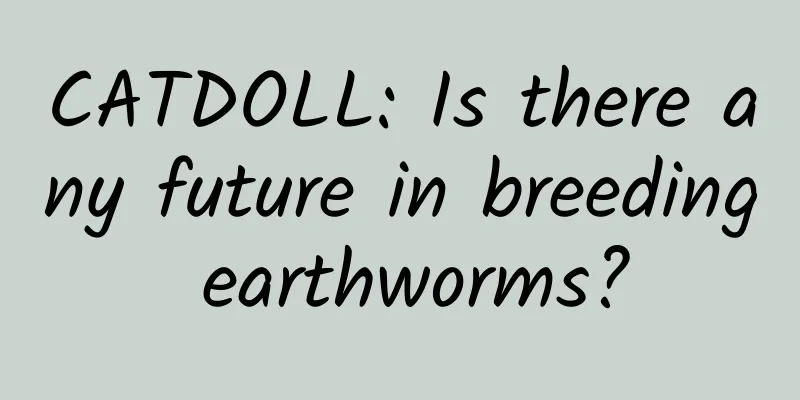CATDOLL : CATDOLL: What is the difference between bees and wasps, and how to defeat wasps?

What is the difference between bees and wasps, and how to defeat wasps?Wasp, also known as hornet, wasp, etc., is a general term for insects of the superfamily Vespoidea of the suborder Vespioides of the order Hymenoptera. Bees are a general term for insects of the family Apidae of the order Hymenoptera. They live entirely on flowers, including pollen and nectar. Many species of wasps have great economic value and are closely related to human life. Let’s take a look at the differences between wasps and bees! 1. Differences in diet 1. Hornets: Hornets are omnivorous insects. In the larval stage, they feed on other small insects, especially caterpillars. However, bees in mountainous areas are their main prey. Especially in seasons of food shortage, they concentrate on stealing honey and killing bees. 2. Bees: Bees are a resource insect that live entirely on flowers, including pollen and nectar, which they sometimes brew and store as honey. They are basically busy every day from spring to late autumn, and winter is the only short period of leisure. 2. Honeycomb Difference 1. Wasp: The honeycomb is made of dead branches, leaves or animal feces. A larger honeycomb single-layer cell can have as many as 2,000 larval cells, which are connected to a firm hanging object or the upper cells with multiple short handles to form a spherical shape. 2. Bees: The beehive is the necessary "furniture" and "food room" of the bee's home. Its internal structure is called a honeycomb, which is composed of a series of closely arranged hexagonal cylindrical cells made of beeswax. The material is wax. 3. Personality Differences 1. Hornets: Hornets have a very strong habit of protecting their young and nests, have a bad temper, and are more "warlike". 2. Bees: Bees are much more docile than wasps, but they are also very protective of their homes. 4. Differences between stinging people 1. Wasp: There is no venom gland cover on the stinger of the wasp, so it can attack or sting people multiple times without losing its life. 2. Bees: The "sting" of a bee is actually an underdeveloped ovipositor. It usually kills someone after stinging them. 5. Differences in toxicity 1. Wasp: The toxins of wasps can cause liver, kidney and other organs to fail. Especially when stung on blood vessels, it is life-threatening. It is especially dangerous for people with allergies. In severe cases, it can even be life-threatening. Tianma wasp, add our WeChat to learn beekeeping together. 2. Bees: The toxicity of bees is relatively weak. The sting can be treated with alkaline substances such as soap. The stung area will have redness, swelling, heat and pain. Sometimes in severe cases, it can also cause dizziness, fever, asthma and nausea. Note: In fact, in nature, the biggest enemy of bees is hornets. Hornets will prey on passing bees. What's more terrifying is that a golden-ringed hornet can kill up to 40 bees in one minute, and dozens of them can destroy a bee colony of tens of thousands of bees. Wasps have more slender bodies, and their chests are not as hairy as bees'. When they are resting, their front wings can be folded vertically, so they look narrow. In the Vespoidea superfamily, slightly larger yellow guys can probably be called wasps, and the most famous is the horse wasp. It's not hard to identify bees: they have short, thick bodies and hairy chests. If you look closely, you'll find that their hind legs are particularly well-developed and hairy, called pollen-carrying legs, and they often have yellow pollen balls on them. These collected pollens are taken back to the nest as food, and of course, being covered in pollen also makes them important pollinators. How to distinguish between wasps and hornets?Wasps and hornets are similar in appearance, with one obvious difference being the base of the abdomen. The base of the abdomen of a wasp is flat, without an excessive cone, while the base of the abdomen of a hornet is not flat. Bees are herbivorous insects that feed on pollen. They are vegetarians and play a role in spreading pollen during the process of collecting pollen. Hornets have a complex diet. In addition to sucking nectar, the adult wasps are also predatory. Caterpillars and small green caterpillars on the nightshade tree are their targets. The hornet's nest is made of paper, while the bee's nest is made of wax. Judging from the material, the bee's nest is obviously more "precious" than the hornet's. Both hornets and honey bees have the habit of living in groups. Since honey bees are mostly raised artificially, a beehive can accommodate tens of thousands of bees. Most hornets are wild, and most of the hornet nests found are only the size of a fist, with about one or two hundred hornets living in one nest. Wasps are a type of bee that is relatively toxic and relatively large in size. They are currently distributed in many places in my country. There is also a type of bee called yellow jackets in life. The two are quite similar, so they are often used for comparison. So what are the differences between the two? space What is the difference between wasps and wasps? 1. Wasps are what we often call hornets. Their life goes through four stages: eggs, larvae, pupae and adults. Each bee colony is composed of a queen bee, worker bees and drones. The queen bee is a female bee and its main role in the bee colony is reproduction. Drones can mate with female bees in the same or different nests and die shortly after mating. Worker bees are the main labor force of the bee colony and undertake most of the work of the bee colony. There are some relatively toxic stingers on its tail, so you need to pay attention. space 2. Wasps are a general term for all insects in the suborder Slender-waisted except bees and ants. From the biological definition, it is not difficult to see that wasps include vesps, that is, all vesps are wasps, but wasps are not necessarily vesps. Moreover, some wasps and vesps have great differences in form and habits, such as trichogrammatids and yellow-waisted mud wasps. These bees are loners, that is, they do not live in nests. They will build separate nests during the breeding period, and put paralyzed prey in the nest for the hatched larvae to eat. Its living habits are quite special. space Which is stronger, wasp or hornet? Wasp poison is more powerful than that of yellow jackets, and the toxicity of yellow jackets is relatively higher. The toxins of yellow jackets are divided into two categories: hemolytic toxins and neurotoxins. They can cause the failure of the liver, kidneys and other organs of a person. Especially if they sting a person's blood vessels, it is life-threatening and especially dangerous to people with allergies. There is no venom gland cover on the stinger of a yellow jacket, and it can launch multiple attacks or stings on a person. Therefore, you need to pay more attention to it. space Reproductive habits of wasps 1. Wasps like to live in nests. In their colonies, there are queen bees (queen bees), worker bees (female workers) and drones. Queen bees are female bees that mate and fertilize with drones in the previous autumn. They store sperm in spermatophores and use them in batches during mating. Drones die soon after mating. When the weather gets colder, fertilized female bees leave the nest and look for sheltered places such as cracks in walls and haystacks. They stay together in winter. space 2. In the spring of the second year, some of the surviving male bees will go out and find suitable places to build nests and lay eggs. The fertilized eggs they lay will become female bees, and the unfertilized eggs will become male bees. As the number of worker bees increases, the beehive will gradually expand. The worker bees are responsible for building nests and raising larvae. There are three peaks in central China every year. After autumn, the number of male bees in the nest accounts for about 1/3 of the total number, so this period is the time when there are the most male bees in the year. space In fact, as long as you understand the difference between wasps and hornets, it is still very easy to distinguish them. When wasps reproduce, they also have some habits. There are some detailed introductions in the above article, I hope it can be helpful to everyone. There is no difference between hornets and wasps, they are just different names. The scientific name of hornets is Vespa, also known as wasps, wasps, etc. They are stinging insects in the suborder Slender-waisted, except for bees and ants. They use softened pulp-like wood pulp to build nests and feed on animal or plant food. The female wasps have a powerful long stinger. When attacked or disturbed by unfriendly means, they will attack in groups, which can cause allergic reactions and toxic reactions in people, and in severe cases, it can lead to death. 1. Wasps are what we often call hornets. Their life goes through four stages: eggs, larvae, pupae and adults. Each bee colony is composed of a queen bee, worker bees and drones. The queen bee is a female bee and its main role in the bee colony is reproduction. Drones can mate with female bees in the same or different nests and die shortly after mating. Worker bees are the main labor force of the bee colony and undertake most of the work of the bee colony. There are some relatively toxic stingers on its tail, so you need to pay attention to it. 2. Wasps are a general term for all insects in the suborder Slender-waisted except bees and ants. It is not difficult to see from the biological definition that wasps include hornets, that is, all hornets are wasps, but wasps are not necessarily hornets. Moreover, some yellow locust bees and hornets are very different in form and habits, such as trichogrammatids and yellow-waisted mud bees. These bees are loners, that is, they do not live in nests. They will build separate nests during the breeding period, and put paralyzed prey in the nest for the hatched larvae to eat. Its living habits are quite special. |
<<: CATDOLL: Can the mulberry leaves from mulberry trees be used to feed silkworms?
Recommend
CATDOLL: Is it unlucky to have a red rose spider?
1. Is it unlucky to raise red rose spiders? No, d...
CATDOLL: What color are the fry of white goldfish and red goldfish?
What color are the fry of white goldfish and red ...
CATDOLL: A comprehensive analysis of the laying hen market in 2018, revealing the mystery of the laying hen market
Layer Market Overview In recent years, people hav...
CATDOLL: What other things can be mixed with Arowana?
1. What other things can be mixed with Arowana? B...
CATDOLL: Golden cicada breeding: a brief introduction to how to breed cicada monkeys (golden cicadas)
Cicada breeding: a brief introduction to cicada b...
CATDOLL: How to raise bass?
How to raise sea bass? From the living habits of ...
CATDOLL: What are the measures to prevent puffer fish poisoning?
1. What are the measures to prevent puffer fish p...
CATDOLL: What are the tips for raising silkworms? (What do the tips for raising silkworms mean?)
1. Seven tips for raising autumn silkworms? Befor...
CATDOLL: What are the advantages and product quality of Junan Shunda Meat Processing Factory?
Advantages of Junan Shunda Meat Processing Plant ...
CATDOLL: What species are good for beginner spider breeders?
1. Which pet spiders are suitable for beginners t...
CATDOLL: Will raising spiders lead to a prison sentence? Zhihu novel (Will raising spiders lead to a prison sentence? Zhihu novel full text)
1. Is it illegal to keep poisonous spiders? If th...
CATDOLL: Does Lianyungang farm salmon?
Does Lianyungang farm salmon? Lianyungang farms s...
CATDOLL: Can you make money by raising cockroaches? Can you still raise them now? Zhihu (Can you make money by raising cockroaches? Can you still raise them now? Zhihu article)
1. What is the prospect of cockroach breeding? Co...
CATDOLL: Can mantis shrimp be cultivated artificially?
1. Can mantis shrimp be cultivated artificially? ...
CATDOLL: What is the pathogen of fish furunculosis?
1. What is the pathogen of fish furunculosis? [Pa...









